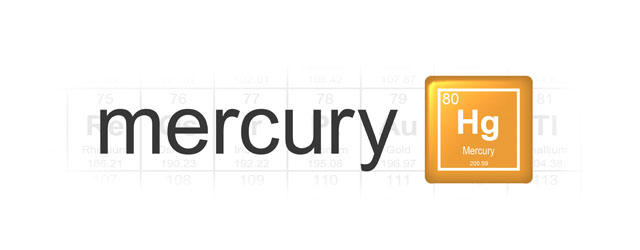 If you paid attention during Chemistry classes in school you’ll know that, as a general rule of thumb, playing with Mercury is a very stupid thing to do. While it might look cool sloshing around and reforming in a T-1000 style, there’s a very good reason that anyone in the know will run a mile if even a thermometer of the silvery stuff gets smashed.
If you paid attention during Chemistry classes in school you’ll know that, as a general rule of thumb, playing with Mercury is a very stupid thing to do. While it might look cool sloshing around and reforming in a T-1000 style, there’s a very good reason that anyone in the know will run a mile if even a thermometer of the silvery stuff gets smashed.
So with the latest release of their Mercury themed puzzle game for PSN and XBLA, Ignition are doing you something of a favour by allowing you to virtually play with the stuff in the safety of your own home. Minus the risk of ending up limper than a Japanese fisherman.
Subtitled Hg after its chemical symbol on the Periodic Table (which admittedly makes little sense as it means the game’s title is literally `Mercury Mercury`) this game is one of the few outings for the puzzle series away from the PlayStation Portable which first gave it life a whopping 6 years ago… where does the time go?! Not that bringing the game to new platforms is a bad thing, as it’s a series that has always deserved more attention than it got from being predominantly confined to Sony’s handheld platform.
If you’ve never played any of the Mercury titles before then the concept is probably best described as similar to that age old title, Marble Madness. Replace your balls with a blob of fluid Mercury and the aim is to guide it along the stage to the checkered grid that serves as an end point. Initially this is quite simple since there are walls to stop the player’s actions from dropping it over the side and into scientific oblivion. However these are soon removed, requiring quick reflexes and some skilful use of the camera to avoid bits of the liquid disappearing. Loose all your Mercury over the edge and the stage is failed, meaning you have to try again. Thankfully, which isn’t always the case with puzzle games, the restart times are next to zero, so you can keep trying to your heart’s content without having to wait unduly.
Things rapidly become a lot more complicated too. You’ll quickly be required to get to grips with other mechanics such as changing the colour of the Mercury blob to open paths across the level, splitting it down different paths before reassembling it. Then, just to complicate that further, you’ll need to learn how to split it to re-colour the individual blobs and then reassemble it into a new colour. That’s all before you try and get your head around the environmental problems of the changing level layouts (either automatically or through you tilting the stage) and attractors and repulsors that threaten to pull or push your precious metal over the edges.
There’s certainly a big enough challenge to the basic concepts behind the game to keep you occupied for a long time and, more importantly, it remains a massive amount of fun doing it. There are varying sub-challenges to each level including finishing with 100% of your Mercury blob intact, through to collecting all the spinning Atoms in a stage, or beating the par time for completion.
These extra bits mean that, aside from the requirement to first sit and work out how to complete a level, you then have to then work out the optimal way of doing it. Naturally you don’t have to do this but the game makes it very easy to get drawn in to the competitive aspect. Alongside leader-board support which shows how you compare to your friends (including how many times you’ve tried a stage), there’s also the ability to download Ghost replays. If you want to see exactly how someone slammed your time so badly you can and it’s a fantastic addition to learning the intricacies of playing a level in the optimum fashion.
There’s also a lot of content here for the asking price. Currently the game is priced at just 400 Microsoft Points or £3.99/€4.99/$4.99 and for the sixty or so levels, along with Challenge Mode and Bonus levels which require you to negotiate them without losing a drop, it all adds up to incredible value for money.
A special mention must also be made of the fantastic presentation found within. With its use of the Periodic Table to break down the groups of levels it actually feels like you’re taking part in some left-field science experiment.
The audio aspects also took this reviewer by surprise. From the moment it starts and the bars across the bottom of the screen move in time with the music, you realise that there’s a lot more going on than you’d first expect. Indeed the games short and punchy musical accompaniments affect the stages themselves, with the beats causing coloured squares to ripple, or the backgrounds to move. What might feel superfluous at first, does actually become an additional element to the gameplay later on and, with the ability to use custom soundtracks, there’s also a chance to try your hand at navigating through your own musical preferences for an extra treat.
Overall Mercury Hg proves that the Mercury series deserves an outing on as many platforms as possible because it certainly hasn’t aged since the first ever release. It remains an engrossing and thoroughly entertaining puzzle title that is easy to get to grips with, but difficult to fully master. This iteration wins out for being simple value for money and great fun to play.
